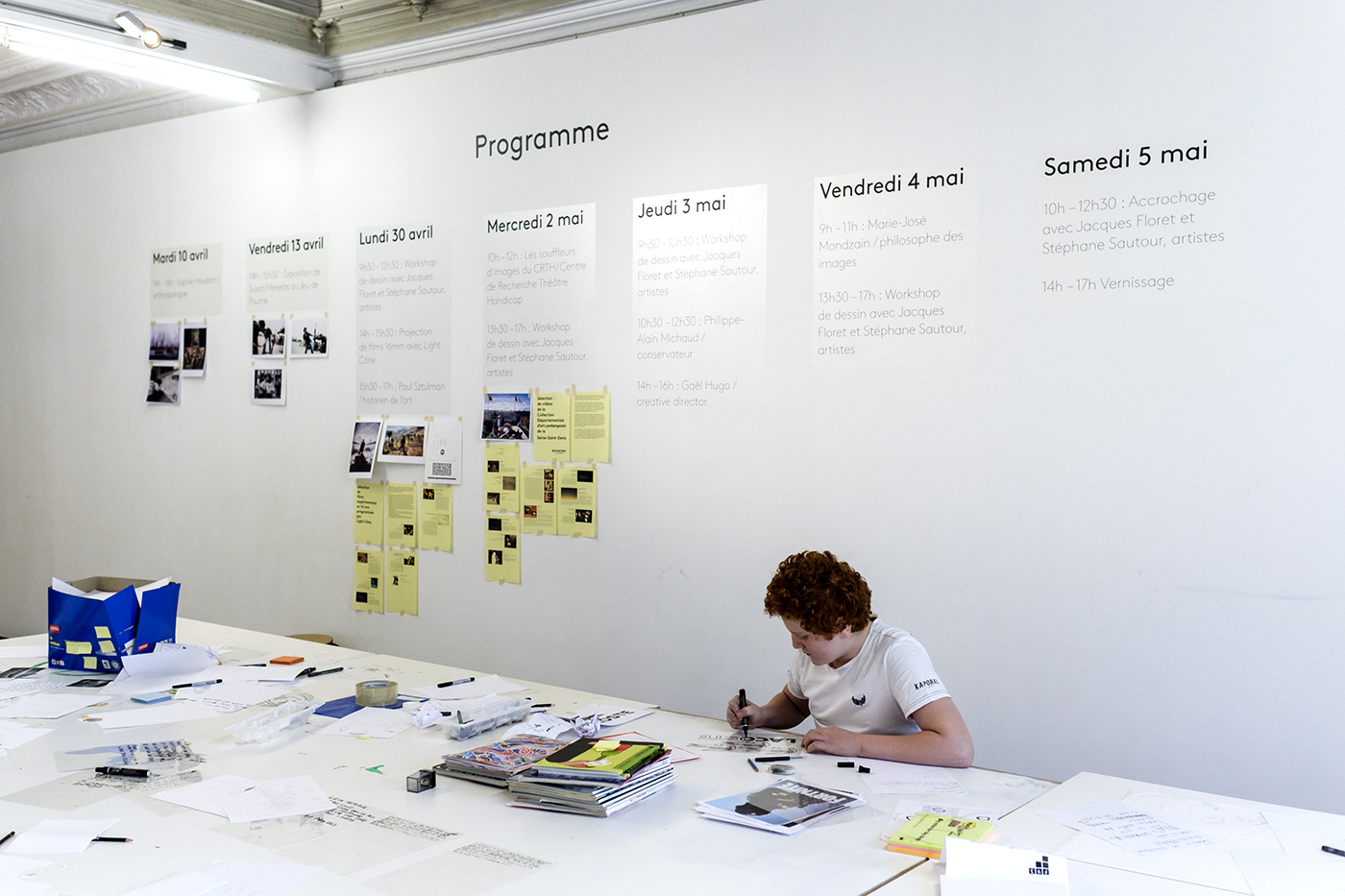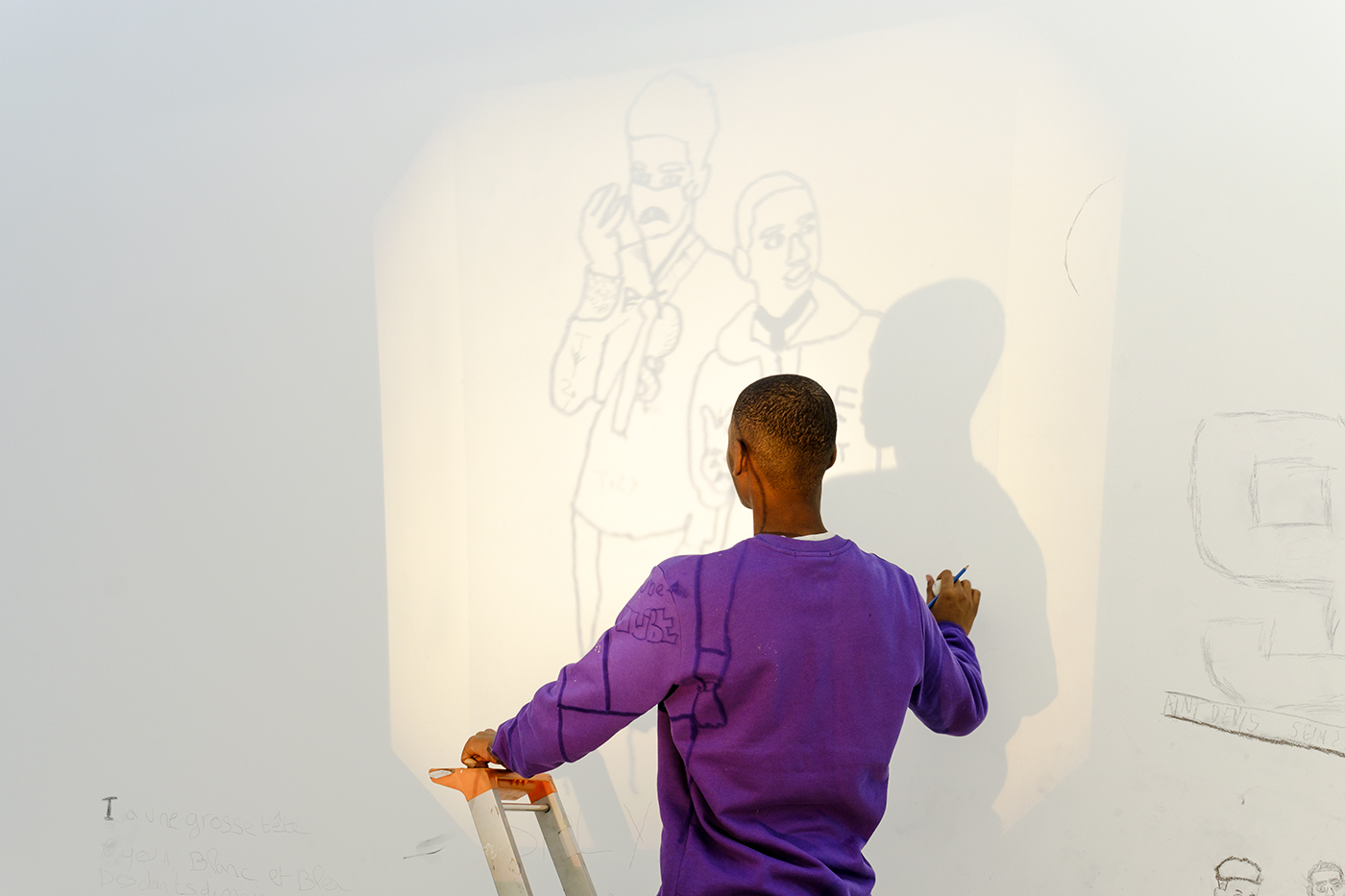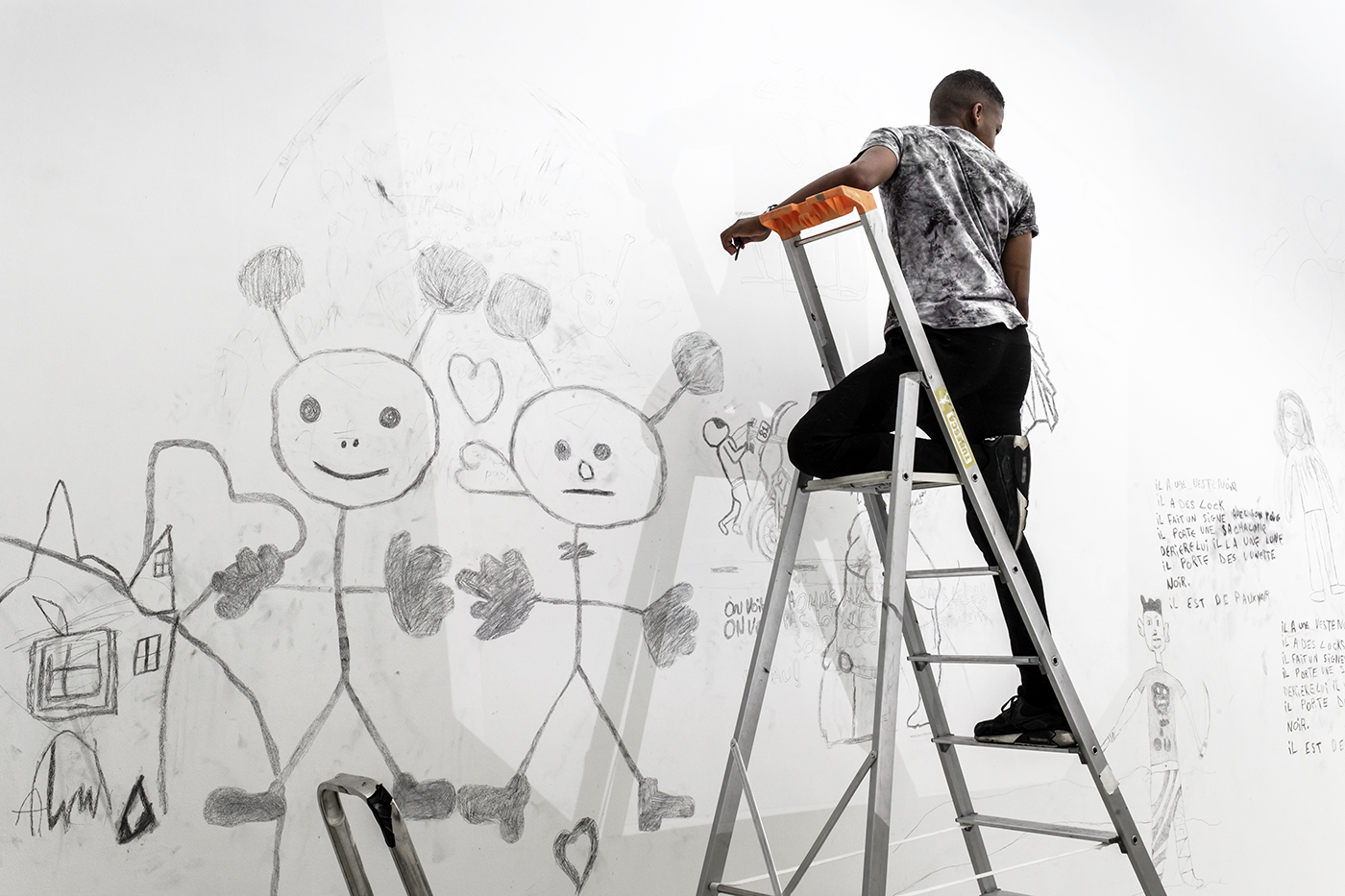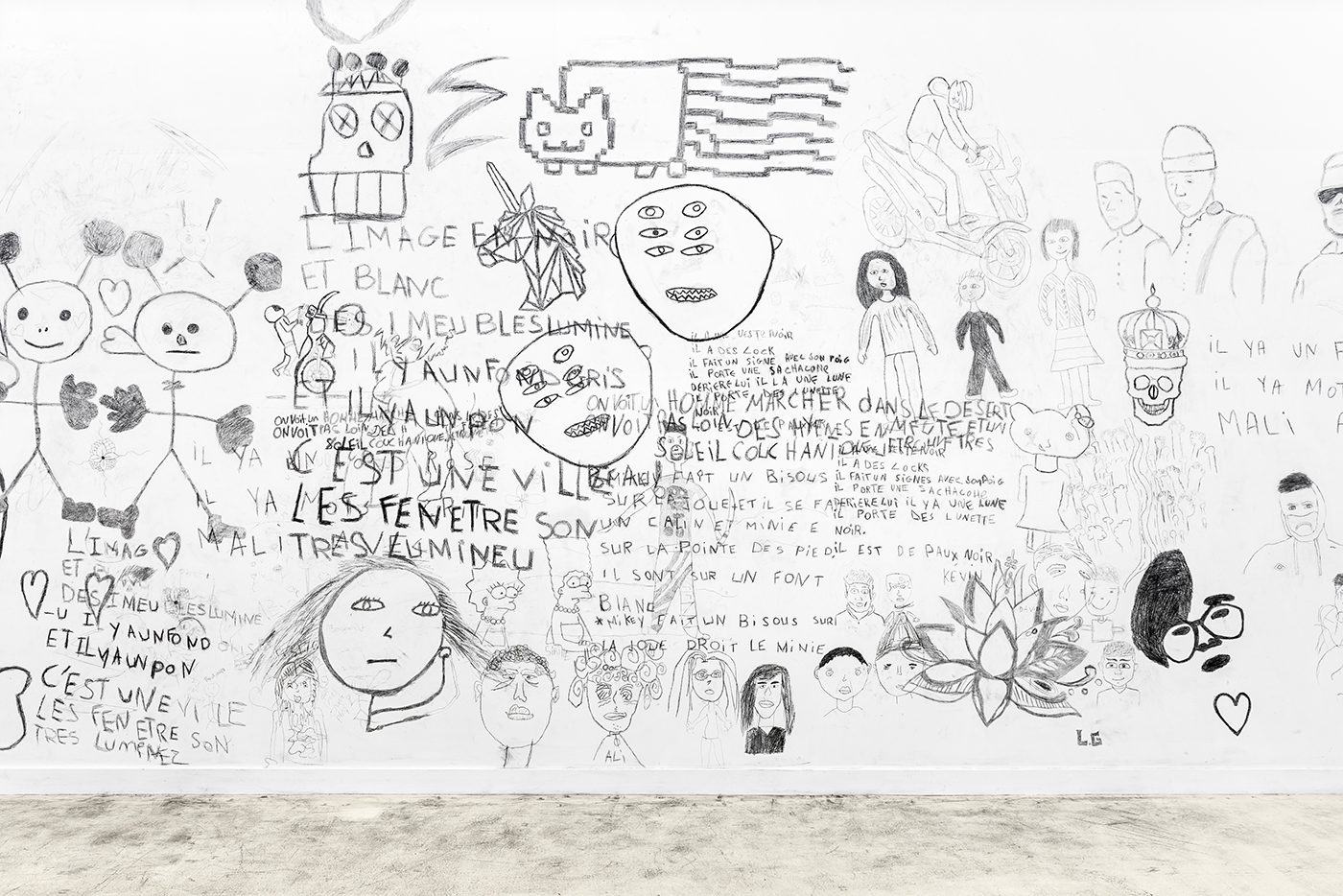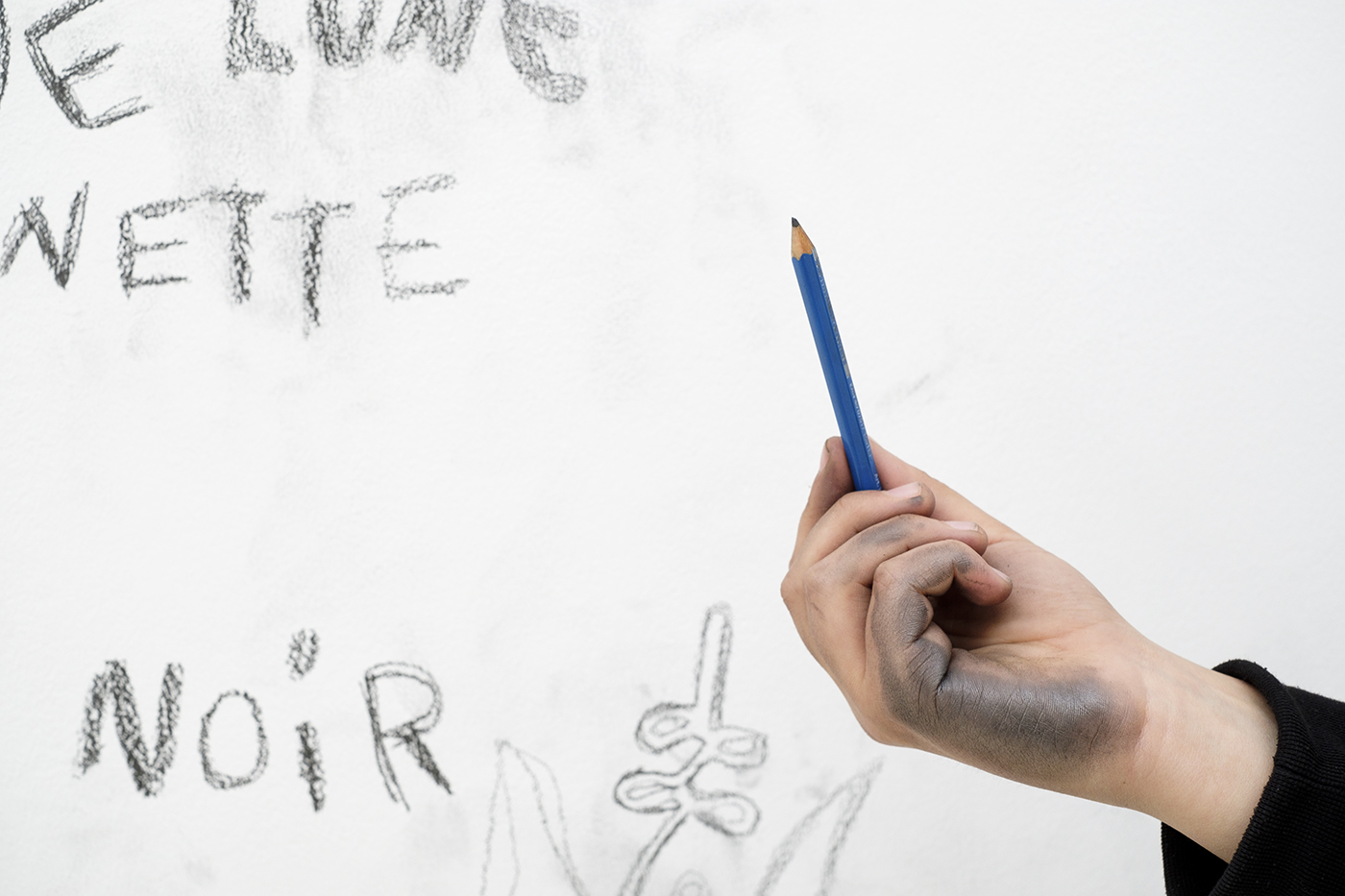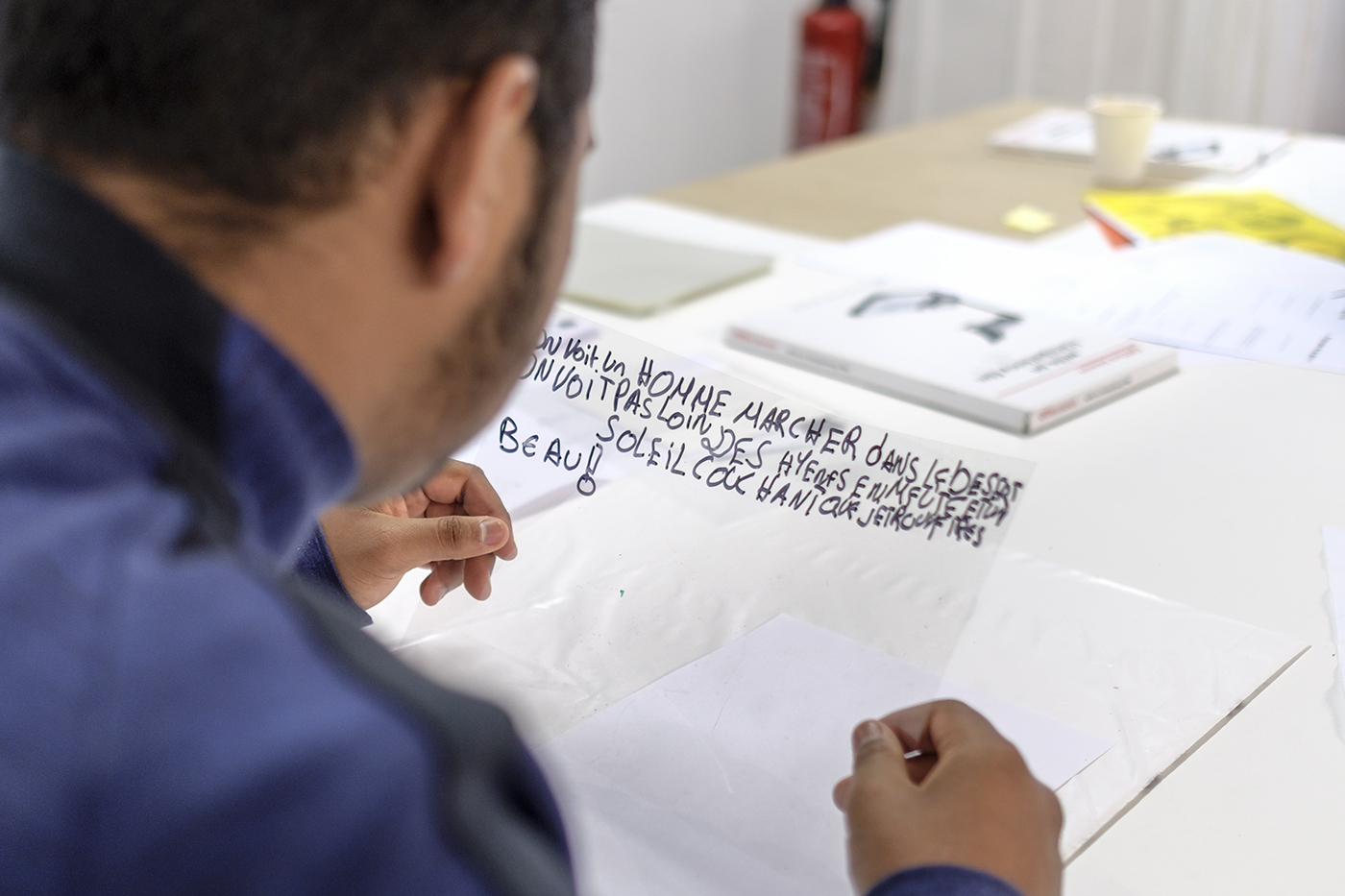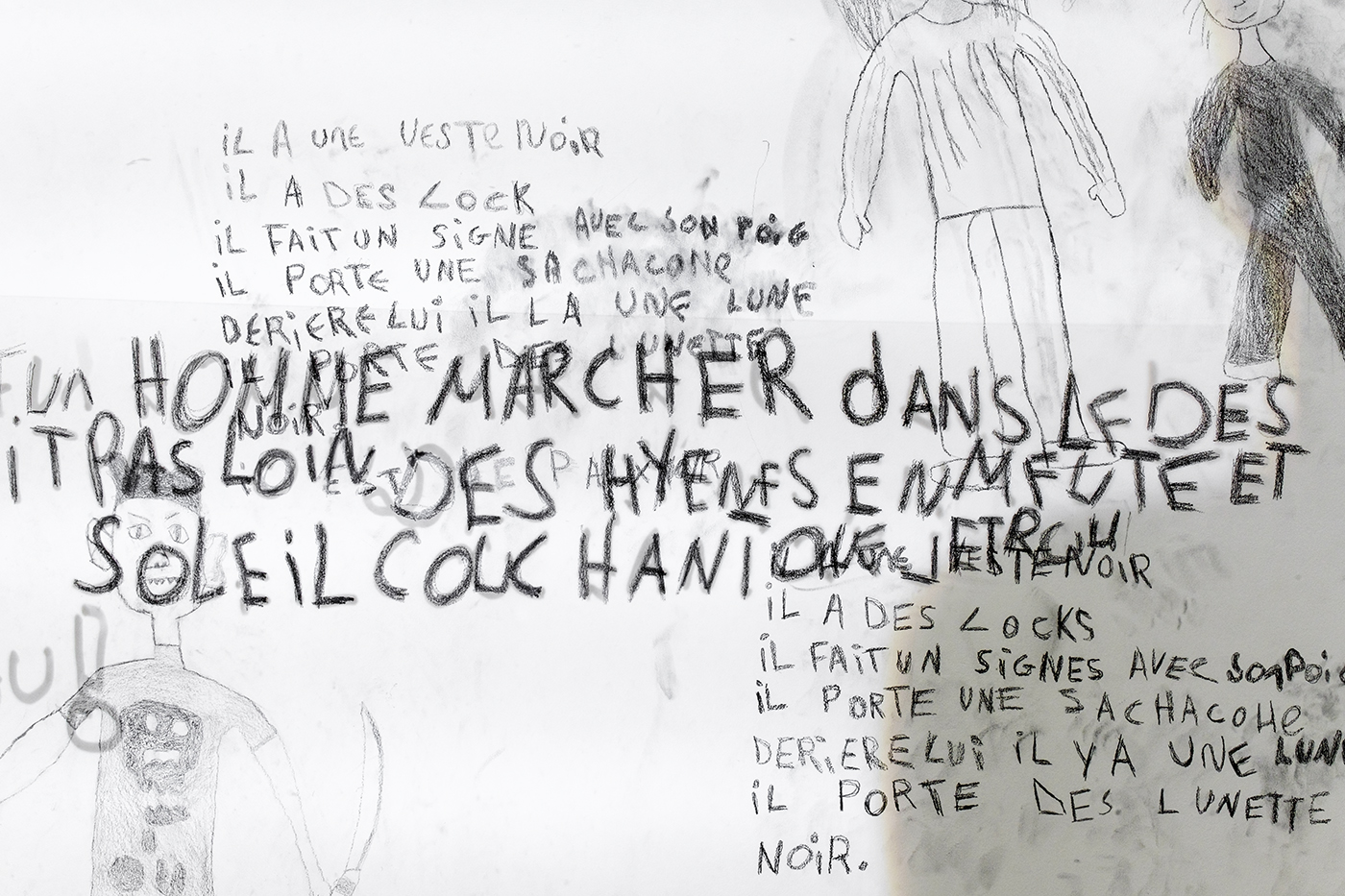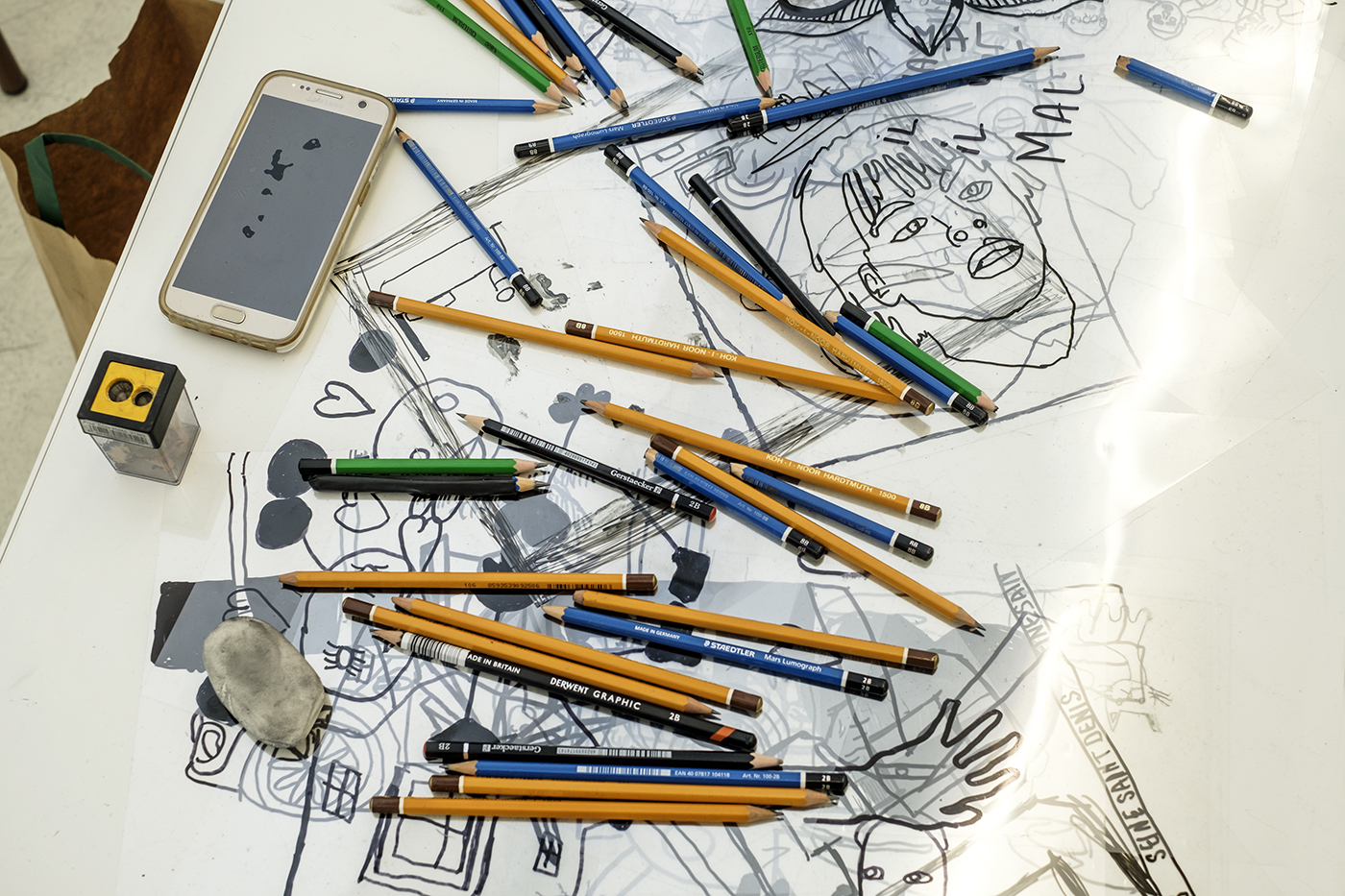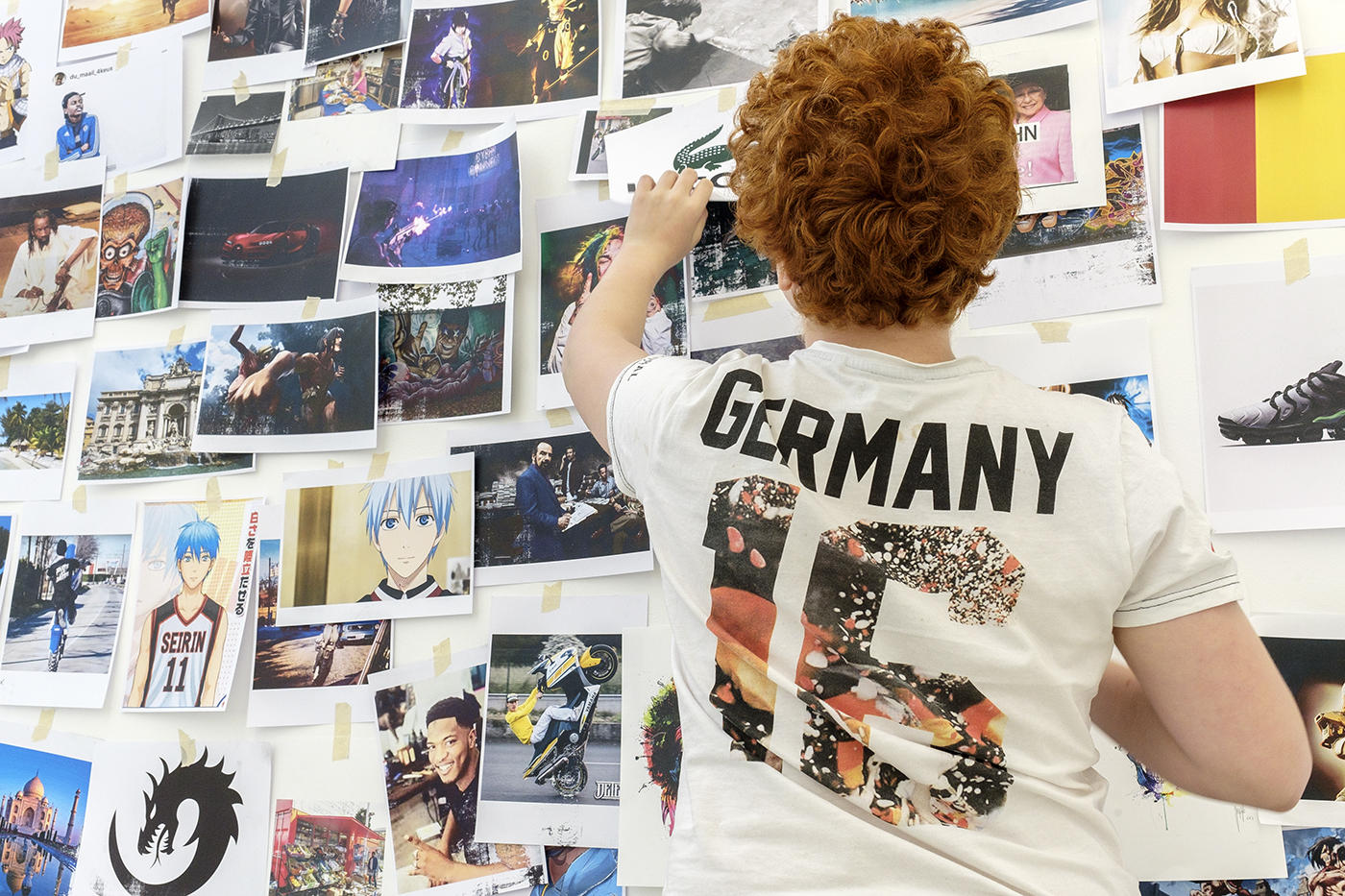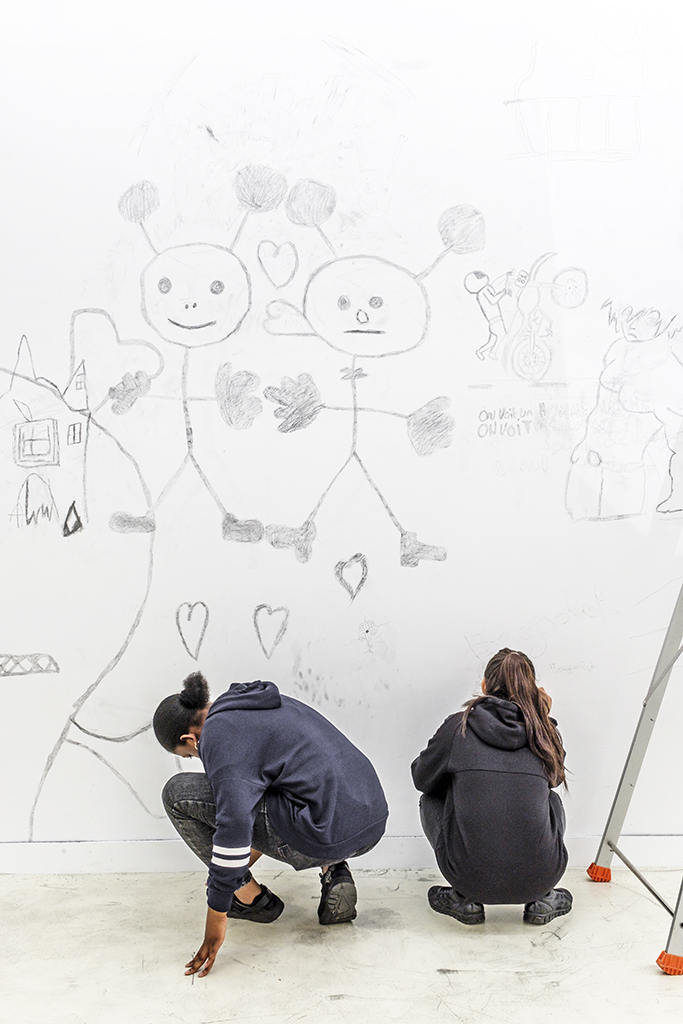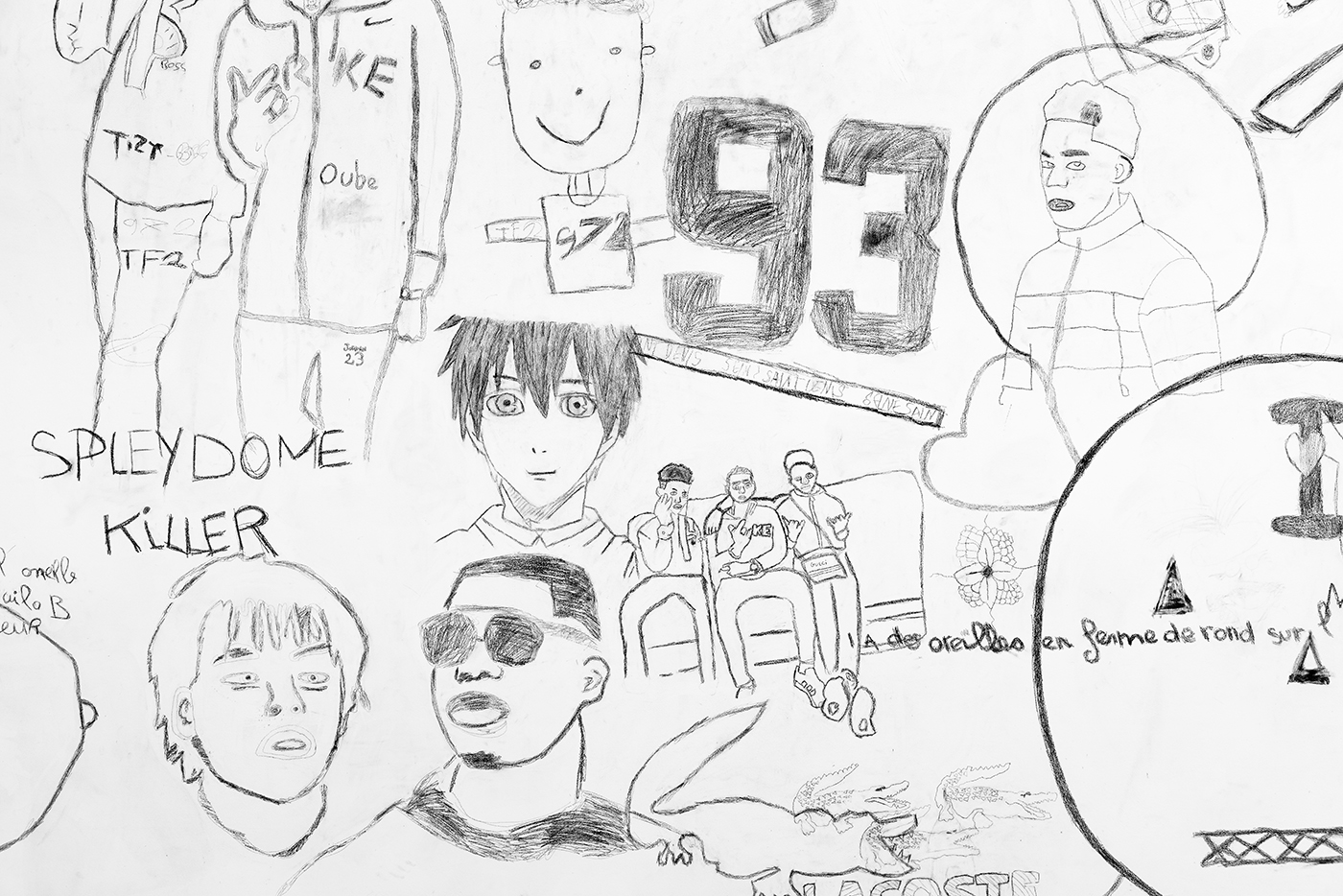- 2025
- 2024
- 2023
- 2022
- 2021
- The Forest System
- 2020
- A place to read
- Counterfactual
- Deep Sleep
- Fixing Sounds
- Ghost Populations
- Grey Matter
- Humanities
- Impôts.gouv
- My Precious One
- OK computer
- One for all
- Perfect Match
- Personal Borders
- Trial by fire
- Unconscious
- 2019
- Anonymous
- Daily science
- Houston 69
- Image and text
- La santé autrement
- Parts and labour
- Playing with fire
- Plu-present
- The art factory
- The legend factory
- The nuclear effect
- Unique every time
- Vertical
- What exactly is happiness?
- striking a chord
- 2018
- Animal images
- Connections
- Current affairs
- Extra space
- Les courts circuits
- Metamorphoses
- Off ground
- Playing with fire
- The Earth quakes
- The life of rays
- The ocean phenomenon
- The scope of cinema
- The struggle continues
- Top model
- Traces
- What is peace?
- 2017
- All about the climate
- Artistic territory
- Cars
- In all probability
- Inner journey
- Letter to a friend
- Planetarium
- Plants and us
- Polyptics
- Poster child
- Propagation of monotony
- Rocks unlimited
- Tour operator
- We, the presidents
- Youth culture
- 2016
- 3D universe
- Art curator
- Bioethics
- Colours
- Community radio
- Different books - digital design
- Different books - paper design
- Hands on
- Images - Mémoires
- In all probability
- Landscapes
- Meteors
- Microscopic
- Mirages
- Pantone Food
- The great outdoors
- The idiots' guide to teenagers
- The night
- There were several of them
- Under the surface
- 2015
- Books otherwise
- By prescription
- Denim
- Feet on the ground
- Intermediate schools in France
- Meteorologists
- Occupation: inventor
- Outdoors
- Sweet treats
- The art of love
- The climate in fiction
- To be completed
- Universal light
- Urban life
- What is today?
- Words and music
- 2014
- Are you modern?
- Aroma research
- Calculating sound
- Digital dreams
- Female landscape
- Hung up
- Infinite at top speed
- Les Grandes Tables
- Life in the laboratory
- Listening to the sacred
- Short trips into the working world
- The age of the earth
- Use and reuse
- Water
- Words and music
- Words and things
- 2013
- Aroma research
- As if by chance
- Behind the screen
- By what right?
- In praise of mixity
- Infinity at top speed
- Listening to the sacred
- Looking at animals
- Mass markets
- Memory
- On promotion
- Once upon a time: Art
- Segami
- Sensitive boundary
- Short trips into the working world
- The French factory
- Truth in sport
- 2012
- A simple movement
- Animalia
- Archigram
- Babel
- By what right ?
- Call it anything
- Dinner's served!
- Experience of the world
- Found objects
- Money
- Once upon a time: Art
- Perceptible split
- Phenomena
- Serious games
- Television
- Warmly dressed
- 2011
- Animalia
- Balance of power
- Breathless
- Chemistry year
- Cities and architectures
- Eurêka
- Experience of the world
- Food
- Found objects
- Homepage
- Once upon a time
- Public life
- Television
- Under constraint
- Video games
- Vostok
- What to wear
- 2010
- Chimie en cuisine
- Eurêka
- Evolution
- Jeux vidéo
- La bioéthique
- La richesse - philosophie
- La richesse - sociologie
- Les adolescents - photographie
- Les adolescents - sociologie
- Objets trouvés
- Quel grand Paris?
- Rapprochement des cultures
- Sous contraintes
- Télévision
- Village global
Les courts circuits
Projet d'éducation aux regards (PER) de 80h.
Démarche initiée par la mission « Culture et art au collège » (MICACO).
Intervenants:
Intervenants et invités: Jacques Floret/ artiste, Sophie Houdart/ anthropologue, Gaël Hugo/ creative director, Les Souffleurs d'images/ CRTH, Emmanuel Lefrant/ Light Cône, Philippe-Alain Michaud/ conservateur, Marie-José Mondzain/philosophe des images, Stéphane Sautour/ artiste, Paul Sztulman /historien de l'art.
Project manager:
FLorise Pagès
In the beginning was a proposal from the Seine-Saint-Denis Departmental Board for F93 to conduct an educational project of 40 hours in class led by a principal contributor, and 40 hours devoted to outings and preparing the Showcase. A class and teachers volunteered, and then a partner, the Tignous Centre for contemporary art, which agreed to receive the students for a week. At a later stage, art historians, a curator, a philosopher, an artistic director, artists, an anthropologist, a film director and others joined the project. Then emerged the desire to set up the right conditions: to pamper the students, be generous towards them, and meet up regularly. The idea of a “Studio” took shape; it would be their “factory”, a space open to hosts and guests; a space to work and discuss, and to wander too; a space to spend time together, reading, watching films, a space to participate; a space where things can arise. In this place, with the students and contributors, we then had to devise a language and find a foothold to be able to run a kind of joint programme. We also had to let go, allow ourselves to “go with the flow”, in order to return to the theme of the art workshop held for the entire week.
In fact, while the week’s programme included various activities devised to boost dialogue about the pictures, a more restrictive common thread nevertheless connected the class: an art workshop for which they had to be there every day, even Wednesday afternoon and Saturday, on time, and for which it was important to produce, and more importantly, produce in time to complete the work for the exhibition open to the public on Saturday at 2pm. Following a protocol established by the artist contributors Stéphane Sautour and Jacques Floret, the students brought in pictures from home or taken from the Internet, magazines or books. These included their favourite Mangas, photos of celebrities they followed, pictures of sports, video games or series, a few post cards or paintings and so on. They described them in writing and then swapped texts, and then had to draw in A4 format with a 2B pencil what they understood from these descriptions before screening their drawings onto the wall using an overhead projector. The teachers also got to work and drew. At each stage of the process, a translation occurred, removing or adding substance and detail. The crossings out, mistakes and flaws of this makeshift artwork were retained, enlarged and repeated to give colour to the wall – grey. By superimposing, returning to the text and modifying scales, with no limitation of space, they ended up producing a shared project and “going with the flow”.
What became of the original reference pictures brought in by the students? They were hung on another wall. They co-exist, present throughout the drawing process, like a reminder or a replica of the action in progress. Nothing was expected of the students other than to look at these pictures, destroying them, talking about them, laughing about them or learning from them, and this is what happened. Displayed randomly, they were interpreted by Philippe-Alain Michaud, our guest, through the perspective of their arrangement. Thus, the skull-and-crossbones next to the motorbike stunt and the character in sunglasses tell a shared story. The repetition of the same image several times with slightly different framing thus gives rhythm and adds a quality. A composition materialises, an arrangement or narrative emerges, ones the students had not anticipated, there, before their eyes since the very beginning.
In the art centre, it is, of course, the huge mural and the wall of images that define the daily collaboration between the students and artists, but a host of little things gives away the passage of guests and the discussions that have taken place, like the leftovers of a large banquet on the table – works are added to the pile of books already there, lent by the multimedia library along with piles of magazines and virtual reality cardboard headsets developed by Google. These VR glasses conclude a meeting with Gaël Hugo about the example of software that, thanks to the position of pixels and specific association and representation criteria, recognises an image: a student’s drawing of an aeroplane is analysed by the software, which manages to deduce that it is a Boeing, having assessed its belonging to the sphere of “aeroplane” at 80%, and only 56% to the sphere of “birds”. The students’ task was then to try and beat the software by offering it skewed drawings that it could confuse with something else. There was also a projector with a scrap of 16mm film, and next to it a sheet of paper listing a programme of experimental films with the names of Robert Breer, Stan Brakhage, Len Lye, etc., old-fashioned overhead projectors onto which the students applied Rhodoids filled with their pictures in black ink, dozens of used graphite pencils and eraser dust everywhere, bottles of Coca Cola, iPads connected to the scanner-printer, some reproductions of Susan Meiselas’ photographs seen at the exhibition at the Jeu de Paume, each day’s schedule pasted on the wall, a room lit up by the glow of a looped program of artists’ videos lent by the Seine-Saint-Denis departmental collection, etc. Images of Golden Records sent into space by NASA, which the anthropologist Sophie Houdart talked to them about in class are also on the wall. This activity led the students to discuss what they would send to the moon to portray their current society. The list of proposals included several photos of cats, pictures of the sea, their families, etc. There are also blackout masks brought in by picture prompters to put students in the position of blind people and get them to describe and imagine pictures in a different way. Some of the students kept their masks on the entire week. When Mohamed, visually impaired, came to meet them and explained that he could see that a student was small and thin by the sound of his voice, or that for him, blue was a warm colour because it brought to mind the sea in the summer, that a sweet peach could therefore be blue for the same reason, or that he associated beauty with a sunset, this began to undermine some of the students’ certainties.
By the end, the students and teachers produced traces capable of translating their encounters with all kinds of images. They experimented with these images as a substance, including through drawing. They also honed their perspective thanks to these images, as well as honing their imagination, their hands, their backs and, in fact, their whole bodies through this contact and, we hope, found themselves in some way transformed.
Remerciements:
F93 would like to thank Aurélie Thuez and the entire Centre Tignous team in Montreuil, who were generous enough to make their space available to the students. We would also like to thank Nathalie Lafforgue, in charge of the Seine-Saint-Denis departmental collection and the Robert Desnos library in Montreuil, for their involvement. A huge thank you to everyone who accepted the invitation.
Outing:
- Guided tour of the Susan Meiselas exhibition, Jeu de Paume, Paris
Participating school:
- Class 4è SEGPA, collège Politzer, BagNolet
Photos: PIERRE ANTOINE
